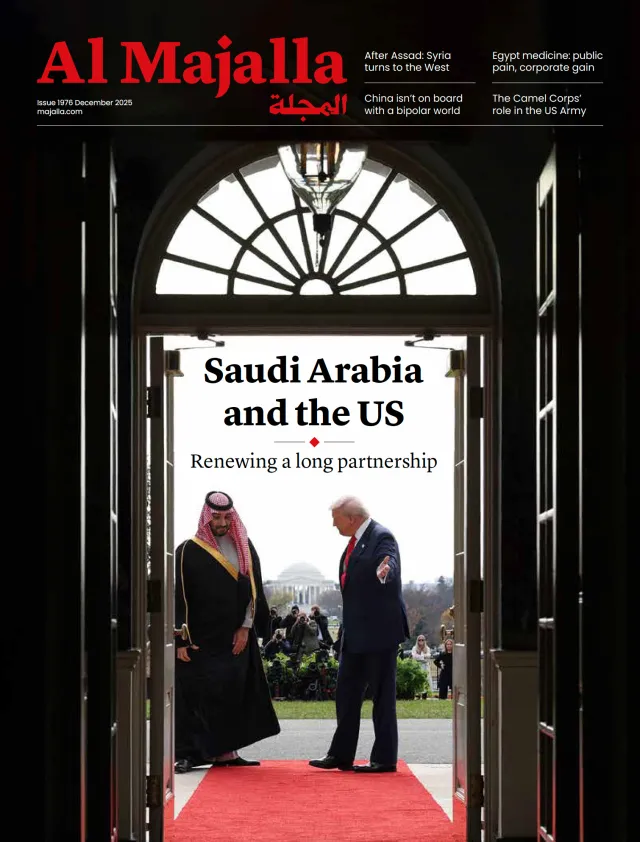It's imperative that OPEC+ producers ensure balance in the oil markets and the stability of the global economy, which requires the adoption of proactive measures to offset any drop in oil consumption.
Steps against artificial market forces
It also means that taking steps against artificial market forces that create pressure toward falling prices, such as the strict monetary policies adopted by Western governments, including raising the interest rate.
These measures have curbed oil investors' appetite for investment pumping of upstream activities due to the scarcity of liquidity and the decline in prices in the second half of 2022.

In mid-March, negative reports on the financial sector sparked a wave of low morale, sparking considerable downward fluctuations in oil prices by about $14 a barrel — the lowest drop this year. These fluctuations were driven by financial concerns affecting economic growth and demand growth expectations.
The financial crisis came as no surprise given the tightening of monetary policies and the raising of interest rates by the Federal Reserve and central banks in 2022. While raising interest rates is essential to curb borrowing operations and reduce liquidity in the market to reduce inflation, it can also significantly impact oil prices and the global economy.
While the OPEC+ decision seemingly came as a surprise, oil production levels in February 2023 pointed to the possibility of such a cut:
- The total production of OPEC+ countries stood at 44 million barrels per day
- The total production of OPEC countries stood at 29 million barrels per day
- The total production of non-OPEC countries stood at 15 million barrels per day
- Saudi Arabia's production stood at 10.5 million barrels per day
- Russia's production stood at 9.9 million barrels per day
- US production increased in January 2023 to 12.46 million barrels per day, the highest level since March 2020.
Oil price discrepencies
A production cut of 3.6 million barrels per day would reduce the OPEC+ alliance's May production to 40.4 million barrels per day, down from February's 44 million barrels per day.
Despite an expected increase in Chinese demand, OPEC reduced its oil production expectations in its last monthly report in mid-March, indicating a potential for further production cuts to rebalance the market after plummeting prices due to financial crisis fears.
The OPEC+ producers alliance seeks to balance supply and demand and stabilise the global economy, but it does not control or target specific oil prices.
While Brent crude has been hovering around $80 per barrel since the second half of 2022, oil derivatives have risen about twice the price of a barrel of oil. However, the average price of refined oil derivatives is only about 20% of a barrel.
For instance, though the US retail price of diesel recently fell to $4.1 per gallon, it still equals $172 per barrel, and gasoline's retail price, which has fallen to $3.5 per gallon, equals $147 per barrel. The retail price in the US represents the average price that retail consumers pay per gallon of diesel fuel and gasoline.











